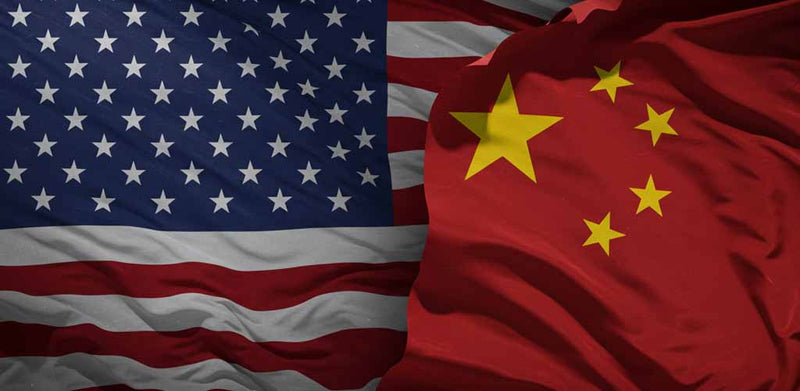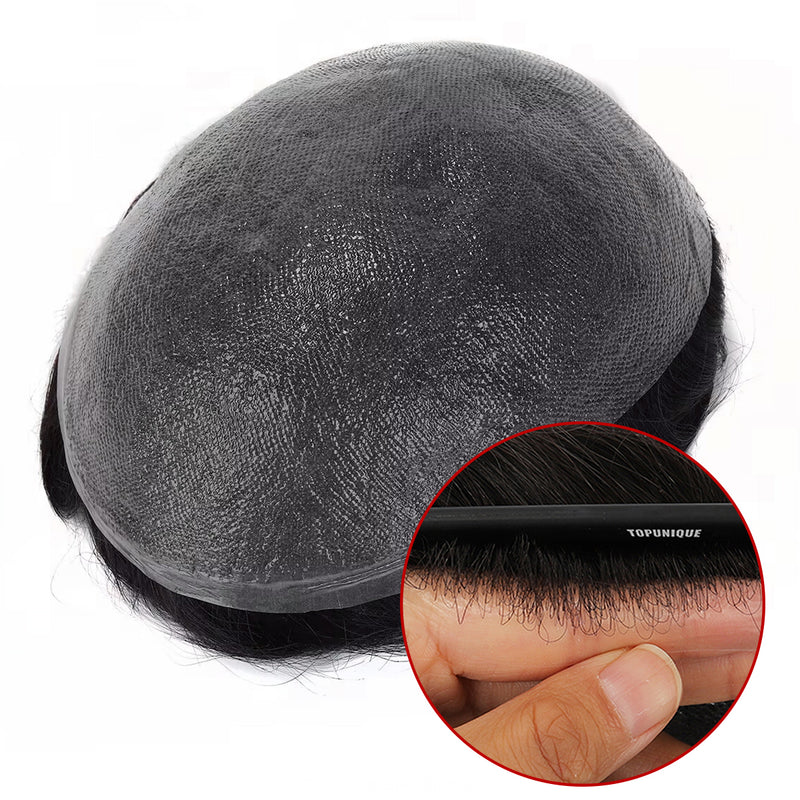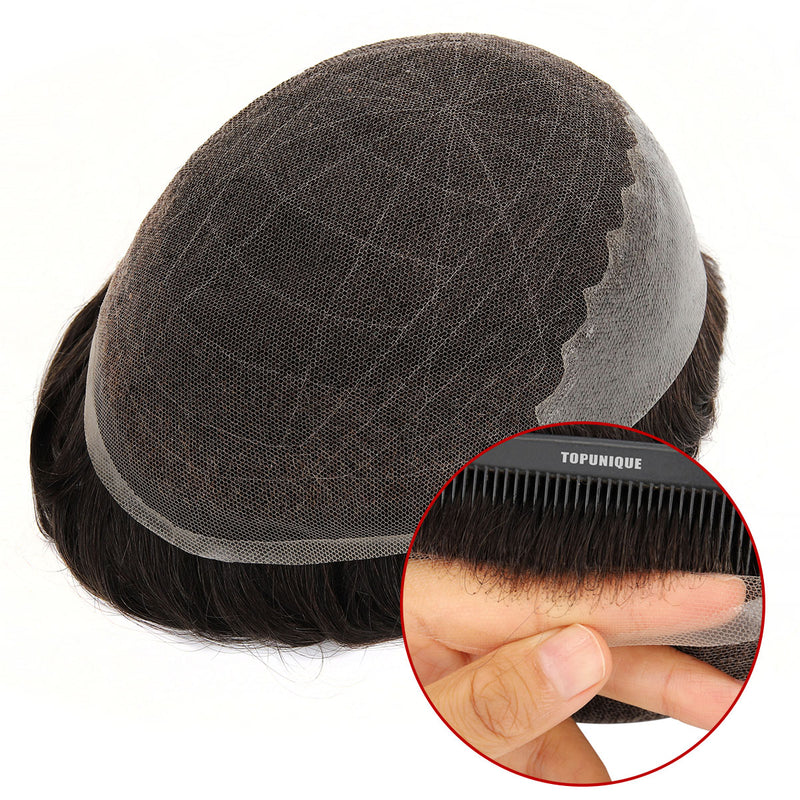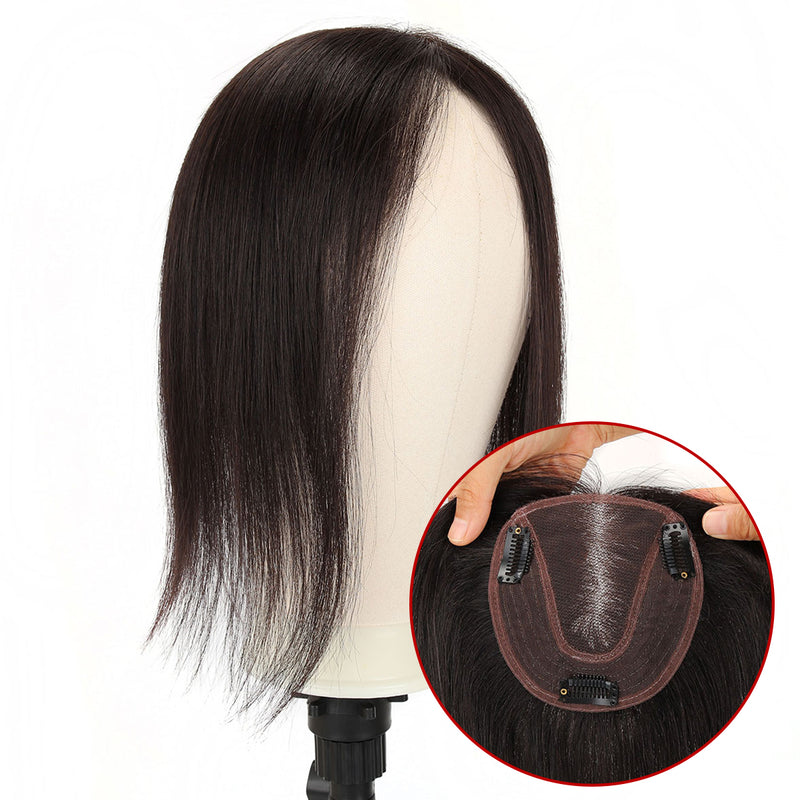Table of Contents

The U.S. Tariffs on Hair Pieces will jump to 145% on May 2, 2025. This massive increase will reshape the multi-billion-dollar hair industry. Human hair wigs could see price jumps of $100 or higher.
China leads the world in wig and extension exports. Their market dominance means these U.S. tariffs will touch every buyer and seller in the industry. Small orders will now cost up to 66% more, which hits new business owners hard. We know you're worried about these U.S. tariff issues and how they'll affect the availability of the best human hair wigs. We urge you to buy now before these significant price increases kick in.
U.S. Tariffs Will Increase Hair Piece Prices by Up to 145%
U.S. tariffs on hair pieces will dramatically change the digital world from May 2, 2025. The Trump administration has set a new tariff rate of 145% on Chinese imports, triple the previous rates on packages from China.
Right now, packages valued under $800 can enter the country without tariffs through a "de minimis exemption." This exemption will end on May 2, and a 90% tariff with a minimum duty of $75 per package will take its place. The minimum duty will rise to $150 starting June 1, which creates a significant cost barrier even for small orders.
These price changes will alter the map of the hair industry. Store owners predict synthetic wigs will cost 25% to 30% more, adding $10 to $20 to current prices. Human hair wigs might cost even more - around $100 extra per piece. Beauty supply store owners nationwide are getting ready for these changes.
Anyone thinking about buying the best human hair wigs needs to act fast. China leads the world in wig and extension exports in this multi-billion-dollar industry. The new U.S. tariffs on imported goods will affect almost every product.
Small business owners have voiced their concerns. Maureen Yancey from MY Beauty Unlimited in Atlanta says these U.S. tariff issues will "affect supply chains negatively and affect how customers buy." New entrepreneurs and small businesses might face the toughest challenges, with even modest orders costing up to 66% more.
You should place your orders now to avoid these price increases before May 2. Early ordering will help clear customs for your packages before the tariffs start. The best value comes from buying at least five pieces or more - this protects you from future price increases and gives you enough inventories.
Beauty Retailers Scramble to Adjust Inventory Strategies
Beauty retailers nationwide are adjusting their business strategies faster than ever due to the impending U.S. tariffs on hair pieces. These tariffs will affect all but one of these U.S. hair extensions that come from China and India. This has pushed salon owners and beauty suppliers to make quick changes to their inventory practices.
Retailers are stocking up on products before the U.S. tariffs take effect on May 2. They want to secure pre-tariff pricing and keep their profit margins steady for now. Some salons are learning about suppliers from Central America. Finding good alternatives has become the most significant problem since many regions outside Asia cannot produce high-quality human hair wigs.
These changes will affect inventory costs heavily. A typical salon might see yearly increases of USD 12,000-15,000 just on hair extensions. So, beauty businesses have started using several innovative strategies:
· They focus on products customers need most to invest money wisely
· They use inventory systems that reduce storage costs
· They team up with local stylists or salon owners to get wholesale prices
Small beauty retailers feel these U.S. tariff issues more than large chains because they can't buy in bulk. The sort of thing I love is what one store owner said: "It's becoming so real... we are going to be hit with a significant increase in costs for our goods in just a matter of weeks".
The U.S. tariffs on imported goods make inventory planning tough. Economist Michael Davis puts it well: "If you don't know what your inventory is going to cost because you don't know whether you're going to have to pay a 10% tariff or 100% tariff... how you plan your cash flow?"
These changes mean customers should place their orders now, before May 2. To get the best value, think about buying at least five pieces to lock in current prices.
Consumers Can Beat the Tariff by Acting Now
Consumers have little time left to dodge the effects of U.S. Tariffs on Hair Pieces. Savvy shoppers can still beat the price hikes if they act before May 2.
Market analysts expect synthetic wigs to cost 25-30% more after the tariffs kick in. Premium products will take an even bigger hit—a wig selling for USD 400 today could reach USD 500 after the changes. The price of human hair wigs could climb by USD 100 each.
Retailers have started alerting their customers about these upcoming increases. Some websites now display banners saying, "Don't wait: Beat tariff increases." Other sellers have announced they "will need to raise prices." The good news? Most retailers confirm that "orders placed before the price increase takes effect will be fulfilled at the current price."
Buyers who want to avoid these U.S. tariff issues should act now:
· Buy what you need before May 2
· Save money by purchasing larger quantities
· Watch for pre-tariff sales and special deals
Retailers are now learning about product options from India, Vietnam, and Cambodia. China still leads the market for best human hair wigs, and other sources might not offer the same value.
The changes after May 2 will hit hard. A USD 150 purchase could need an extra USD 23 in tariffs, which means new buyers will pay 66% more. Savvy consumers should stock up on U.S. tariffs on imported goods and items affected now.
The clock ticks for everyone—small businesses and individual buyers alike. These U.S. tariffs will soon drive prices up across the hair and beauty industry.
Conclusion
These upcoming U.S. tariffs on hair pieces will create a significant shift in the market. Recent analysis shows unprecedented changes coming to the hair industry that will affect everyone, from individual buyers to large retailers. After May 2, 2025, prices will jump significantly—synthetic wigs could cost 25-30% more, and the best human hair wigs might cost an extra $100 per piece.
Small business owners face challenging times ahead as these U.S. tariffs could push their costs up by 66%, even on small orders. Some retailers have started looking at alternatives from Vietnam and Cambodia, but China's 20-year-old quality standards still lead the market. This explains why many beauty suppliers are rushing to stock up before the deadline hits.
Smart buyers should move quickly to dodge these big price hikes. Anyone wanting premium-quality hair pieces at today's prices can check out TopUnique Hair before the U.S. tariff issues kick in. Buying multiple pieces now makes more sense and will help maintain stock for future needs.
May 2, 2025, is approaching fast, and these U.S. tariffs on imported goods will transform the hair industry completely. Taking action now is the smart way to keep both quality and affordable prices for your hairpiece purchases.










0 comments